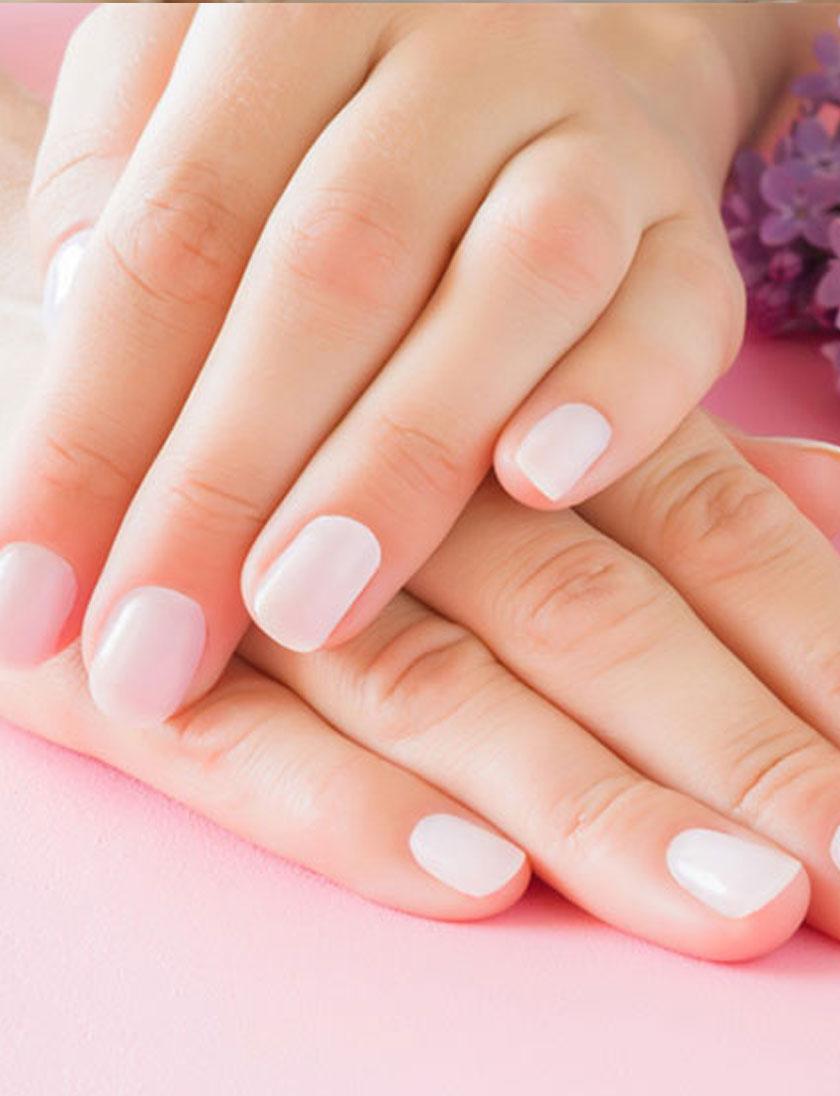Fungal Diseases
Fungal diseases are a common problem that causes infections of the skin, nails or scalp. These infections are caused by the overgrowth of fungi on the skin or in deep tissues. Fungal infections can present with itching, redness, flaking, and sometimes pain. In this blog post, I will provide information about the symptoms, causes and treatment options of fungal diseases.
1. Symptoms:
Symptoms of fungal diseases can vary depending on the type of infection and which part of the body it affects. In general, symptoms of fungal infections may include:
- Itching and burning sensation
- Redness and irritation
- Flaking or crusting on the skin
- Skin rashes or lesions
- Thickening, yellowing or collapse of the nails
- Fragility or loss of the scalp
2. Reasons:
The causes of fungal diseases are usually caused by fungi infecting the skin or nails. Mushrooms can grow more easily in moist and warm environments. Fungal infections are often associated with these factors:
- Humid environments: Fungi can spread in moist environments such as towels, shoes, bathrooms, pools or gyms.
-Weakened immune system: People with weakened immune systems may be more prone to fungal infections.
- Personal hygiene: Lack of cleanliness and hygiene can increase the risk of spreading fungal infections.
3. Treatment:
Treatment of fungal diseases varies depending on the type and severity of infection. Treatment is usually done with antifungal medications. These medications can be used in topical form (cream, lotion, spray) or oral form (tablets to be taken by mouth). Treatment duration may vary depending on the severity of the infection. It is also important to follow personal hygiene rules, avoid humid environments and use hygienic shoes and socks to prevent the spread of infection.
4. Prevention:
There are some steps to prevent fungal infections:
- Maintaining personal hygiene: It is important to wash hands regularly and use clean towels and clothes.
- Avoiding humid environments: Keeping moist areas, such as feet and hands, dry can help prevent fungal infections.
- Do not share personal items: It is important not to share personal items such as towels, shoes or clothes with others.
- Use of hygienic shoes and socks: It is important to use cotton socks and wear shoes that allow the feet to breathe.
Treatment of fungal diseases is carried out using antifungal drugs. These medications can be used in topical form (cream, lotion, spray) or oral form (tablets to be taken by mouth). Treatment duration may vary depending on the severity and spread of the infection. To prevent fungal infections, it is important to pay attention to personal hygiene rules, avoid humid environments, not share personal belongings and use hygienic shoes and socks.
Remember, fungal infections are a health problem that should be taken seriously. If you have a suspected fungal infection, it is important to seek help from a dermatologist. In this way, correct diagnosis and treatment can be provided.


 Whatsapp
Whatsapp